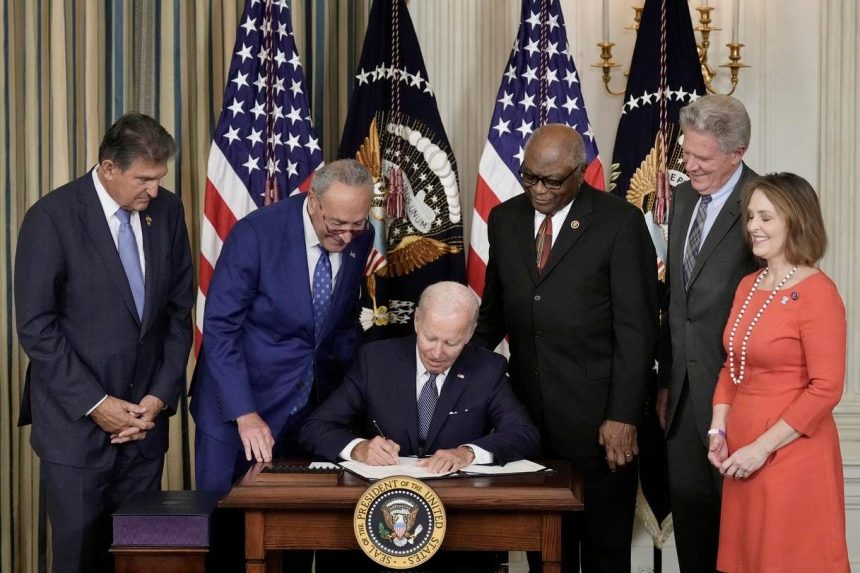Much has been made of President Biden’s proposal in the Budget of the United States Government, Fiscal Year 2025, to raise capital gains rates. The number being bandied about is 44.6%, which would be the highest formal federal capital gains rate since its inception. That rate comes with many caveats and asterisks.
The source of the 44.6% rate is a footnote from the General Explanations of the Administration’s Fiscal Year 2025 Revenue Proposals, and it reads in relevant part: “A separate proposal would first raise the top ordinary rate to 39.6 percent … An additional proposal would increase the net investment income tax rate by 1.2 percentage points above $400,000 … Together, the proposals would increase the top marginal rate on long-term capital gains and qualified dividends to 44.6 percent.”
The main proposal, which lends context to the above-mentioned “separate proposal,” is to raise the long-term capital gains and qualified dividends rates to 37% for taxpayers with taxable income above $1 million.
Taken as a whole, then, the 44.6% rate would only come to fruition under a separate proposal from the Biden administration’s main capital gains rate increase, and only apply to those individuals with taxable income above $1 million and investment income above $400,000. That isn’t quite as cataclysmic a policy shift as referring to a blanket 44.6% long-term capital gains rate would suggest.
The presentation of the 44.6% capital gains rate proposal is a strategic policy maneuver—loudly shouting a startlingly high percentage while mutely ignoring the crucial aspect of income thresholds. The intent appears to be to play on public sentiments and concerns, more specifically the political landmine of adverse outcomes for small business owners.
At base, such tactics obscure the fact that the higher rate is couched in a proposal within a proposal and, even then, would only apply to high earners.
The overarching result is a shifting away from the policy’s intended impact on America’s billionaires, who would likely attract minimal sympathy as against their mom-and-pop shop counterparts. The policy is clearly aimed at leveling the playing field between high ordinary income and investment income earners.
The policy proposal is much more incremental than revolutionary – aimed, albeit in a small way, at ensuring high earners contribute a fairer portion relative to their massive financial undertakings. American billionaires pay an average individual income tax rate of just 8.2%, which might cast them as somewhat less deserving of victim status in the eyes of the average taxpayer. To combat that, policies that would curtail the ability for wealthy individuals to avoid a higher tax bill will need to employ fearmongering about skyrocketing capital gains rates for ordinary taxpayers.
There isn’t, at least in this proposal, any need for such alarm.
Read the full article here
















